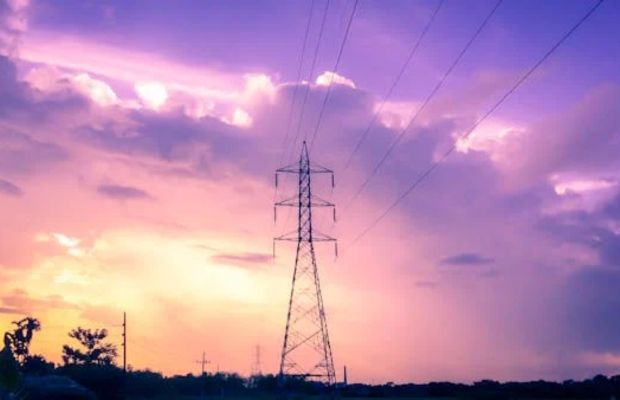A recent report from the International Energy Agency (IEA) claimed the investments in renewable energy has increased in the Middle East. However it lamented that oil and gas continue to dominate its energy mix.
The report said that Middle East is home to five of the world’s top oil producers: Saudi Arabia, Iraq, the United Arab Emirates (UAE), Iran, and Kuwait. Moreover, it plays a significant role as a producer of natural gas, with three of the world’s top ten producers being Iran, Qatar, and the UAE.
“For the moment, spending on fossil fuel supply predominates: for every 1 USD invested in fossil fuels, only 20 cents are allocated to clean energy investment, which represents approximately one-tenth of the average global ratio of clean energy to fossil fuel investment. There are wide disparities in per capita income and energy consumption levels across the region,” the report said.
For example, the IEA report said that countries like Saudi Arabia, the UAE and Kuwait are situated at the higher end of income and energy consumption, while Yemen and Syria are positioned at the lower end. Sovereign credit ratings also vary significantly.
“Saudi Arabia, Kuwait, Qatar, and the UAE hold high ratings, while Jordan, Oman, and Bahrain fall into the medium-grade category. Conversely, Iraq and Lebanon have very low ratings. Energy investment in the Middle East is expected to reach approximately USD 175 billion in 2024, with clean energy accounting
for around 15% of the total investment,” the report said.
In the APS by 2030, clean energy investment more than triples compared with 2024. As a result,
by the end of the decade, every 1 USD invested in fossil fuels in this scenario would be matched by 70 cents going to clean energy.
The IEA report said that five of the twelve countries in the region have set net zero emission targets. “The UAE and Oman have set targets to achieve net zero emissions by 2050, while Saudi Arabia, Bahrain, and Kuwait have announced a target for 2060. Additionally, the UAE has committed toreducing emissions by 19% by 2030 from 2019 levels, and it also pledged USD 30 billion in catalytic capital to launch a climate-focused
investment initiative at COP28,” the report said.


